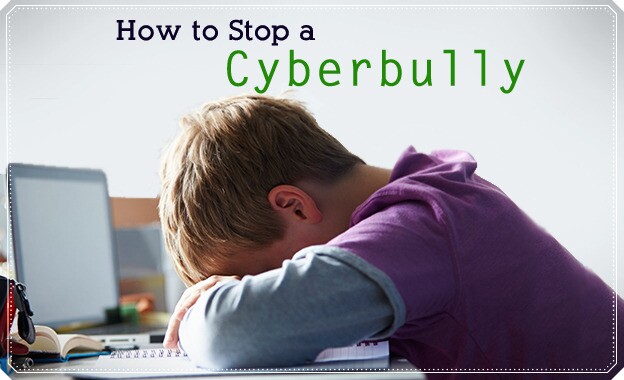
As youngsters, we all recognized the bully—that black-jacketed kid who burned ants with a magnifying glass. Yet we also knew that if push came to shove, our parents could protect us. But kids today are encountering a new generation of bullies.
In the technological age the tables have turned, and it is much more difficult for parents to protect their children from bullying. The new bully on the block is faceless and nameless—anyone with access to a computer or cell phone. Unfortunately, many parents are uninformed about this new trend and don't know how to respond to cyber bullying and its devastating emotional effects. After all, bloody noses and black eyes are much easier to nurture than emotional wounds, but there are ways for parents to help their children overcome the effects.
What Is Cyberbullying?
Cyberbullying takes on many forms. There are websites ("online slambooks") on which people post hurtful messages and pictures about a person. Mean or threatening e-mails and text messages are other methods. One of the most popular forms is faking an identity through e-mail or social networking (such as Facebook), using it to gain the confidence of an unsuspecting person, discovering personal information about him or her, and then posting it online.
Emotional Effects
This week's arrests of two Florida girls, ages 12 and 14, in connection to the suicide of 12-year-old Rebecca Sedwick is one of the most publicized cyberbullying incidents in recent years.
The night before Rebecca killed herself, authorities say, she messaged a boy she had befriended online, writing, "I'm jumping. I can't take it anymore."
Among the online messages that drove Rebecca to jump to her death were, "You should die" and "why don't you go kill yourself?"
It will be interesting to see if the charge of aggravated stalking actually sticks. In 2008, a trial was held in the first-ever federal cyberbullying case, also known as the Megan Meier case. Thirteen-year-old Megan Meier was driven to suicide, and as a result, 49-year-old Lori Drew was convicted on three misdemeanor charges of computer fraud; however, a judge later dismissed the case.
Cyberbullying is often more damaging than verbal or physical bullying. Unlike traditional bullying, it can continue 24/7 because there is no "school day" for a website. Also, the messages are often posted for anyone to see. Anonymity shields cyberbullies from punishment, and unlike face-to-face bullying, where one can see the effects and possibly feel some remorse, cyberbullying cuts off the perpetrator from the consequences. Because there is rarely any feedback, the bully can participate without feeling as though he or she has done any harm.
Cyberbullying and Your Child
To help prevent your child from experiencing this trouble, consider these signs, which researchers have found cyberbullied children and teens to show: If your child consistently seems upset or anxious after using a cell phone or computer, he or she is most likely a victim. Other signs include avoiding friends, school, and activities.
Helping your child respond well to such acts can be a difficult process. Parents may find the following suggestions valuable:
Have Internet guidelines. Social media such as Facebook and Twitter can be a great way to keep in touch with friends, but think hard about whether your child should set up an account. You might tell your child that he or she can set up an account if you know the password. There are also monitoring programs that can track your child's computer activities and conversations.
Don't ignore it. For years children have been told that ignoring the bully will make him or her stop, but Dr. Susan Lipkins, a bullying specialist, reports that 50 percent of the time the bully will stop when told to. Suggest that your child send the bully an assertive message telling him or her to stop.
Keep the messages. This may sound odd, but if the bullying gets to the point where you are going to press charges or alert the school authorities, you are going to need proof. This includes text messages, e-mails, websites, and instant message records.
Although you should keep the messages, don't leave them in your child's inbox. If the offense is an e-mail or instant message, forward it to your e-mail address or take a screen shot (a picture of the computer screen) by pressing the "Prt Scr" or "Print Screen" key (usually found at the top right of a keyboard); paste it into a blank document. Text messages can be forwarded to your phone, but make a note of the bully's phone number before deleting the message from your child's phone.
Report the bully. If the bullying continues after your child tells the bully to stop, take the next step, whether by filing a complaint to a website director or the school. Cyberbullying is generally a direct violation of the terms of use of a website. You can usually alert the bully's behavior to the website director by going to the "help" section of the site and searching for "report." Typically the bully will be suspended from the site for a certain amount of time.
If bullying is done through a school district Internet system, contacting school authorities might be your best option. A school has the ability to give formal discipline to a child and contact the child's parents.
Above all, be open with and supportive of your son or daughter. Ask questions and foster a trusting relationship through understanding and guidance.
More information on these and other useful tips can be found at stopbullying.gov, stopcyberbullying.org, and meganmeierfoundation.org.
